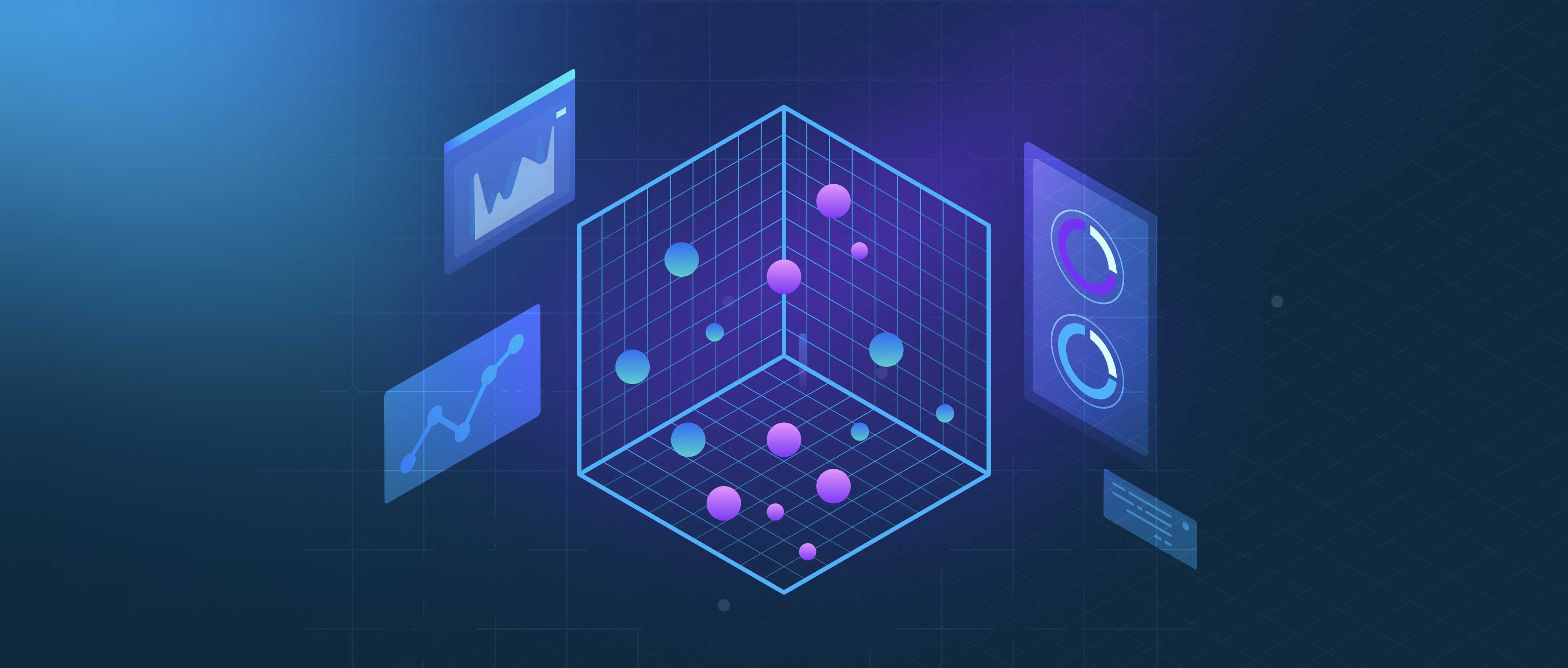SaaS pricing, or Software as a Service pricing, refers to how companies charge users for accessing their software hosted on the cloud. Unlike traditional software that requires a one-time purchase and installation, SaaS products are usually offered through subscription models. These subscriptions can be monthly or annual, allowing users to pay for what they need without upfront investment in hardware or software. Pricing generally depends on various factors, such as the features included, the number of users, and the level of customer support provided.
There are several common pricing models in the SaaS industry. The most straightforward is the tiered pricing model, where the software is offered at different price points based on the features and services included. For instance, a project management tool might offer a basic plan for small teams that includes essential features for task management, while a premium plan could add advanced reporting and integration with other tools. Another model is usage-based pricing, where users pay based on how much they use the service. An example is cloud storage solutions that charge based on the amount of data stored or the number of transactions processed.
Discounts and promotions are also common in SaaS pricing. Many companies offer reduced rates for annual commitments to encourage long-term subscriptions. Additionally, they might provide free trials or freemium models, where a basic version is free, but premium features require payment. This gives developers and technical professionals a chance to evaluate the software before committing financially. Overall, understanding the intricacies of SaaS pricing can help you determine which solution aligns best with your project needs and budget.
